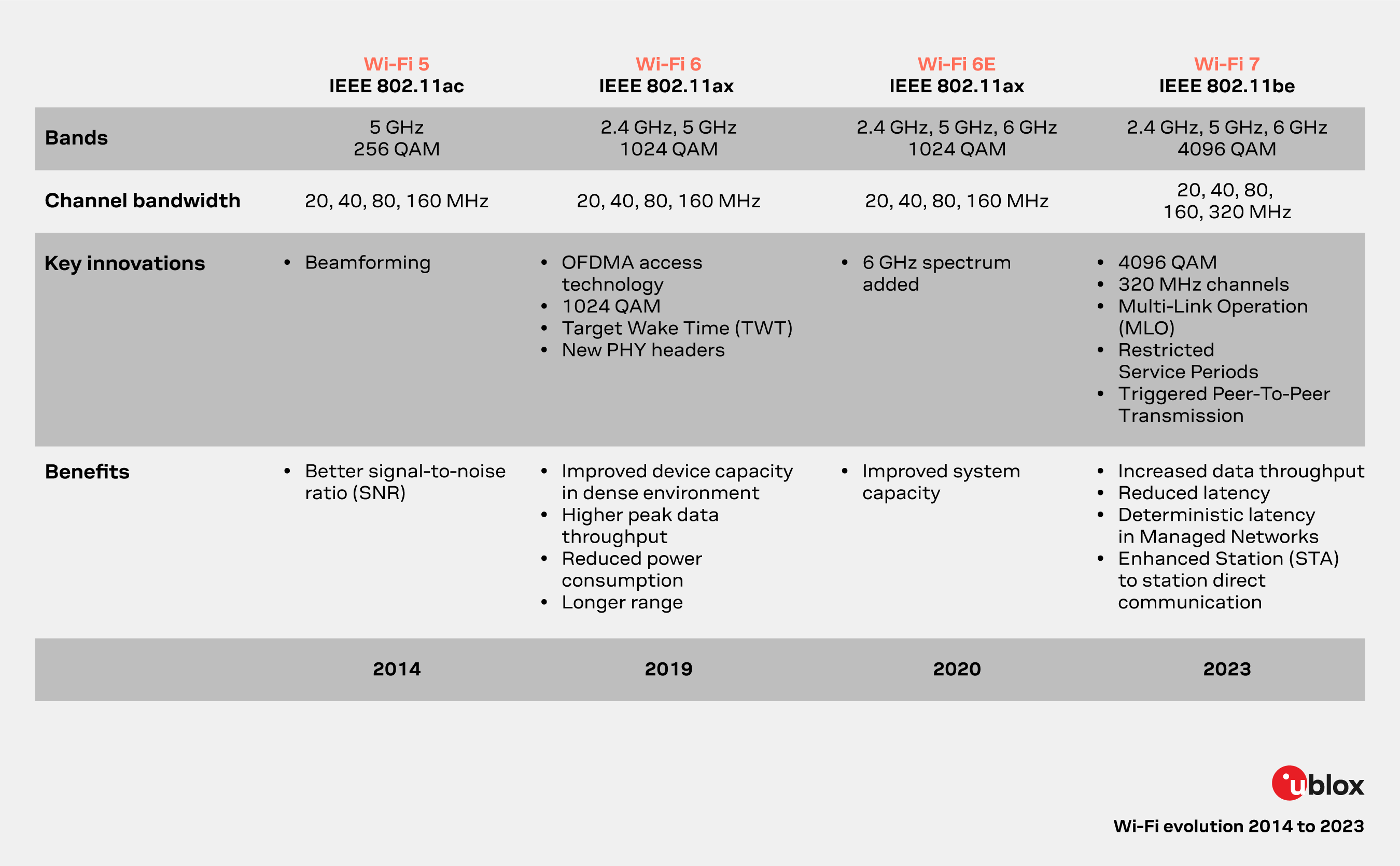
- Support portal
- Evaluation Kits and partner products
u-blox Support
- Product documentation
Documentation
- Investor relations
Investor relations
Technology
|
25 Jul 2023
Wi-Fi (IEEE 802.11) is a short range wireless technology that currently enables data exchange or internet connectivity over the unlicensed 2.4 GHz, 5 GHz, and 6 GHz bands.


Wi-Fi technology is based on the Institute of Electrical and Electronics Engineers (IEEE) wireless communication standard 802.11. Over the last 20 years, Wi-Fi has evolved, with each generation delivering faster speeds, lower latency, and better user experiences.
u-blox is a member company within the Wi-Fi Alliance®, a worldwide network of companies collaborating to drive global Wi-Fi evolution and ensure Wi-Fi provides users the interoperability, security, and reliability they have come to expect.
Wi-Fi is:
Sources: Wi-Fi Alliance and *IDC |
Versions prior to Wi-Fi 6 meant a trade-off between throughput and congestion
Wi-Fi 4 and 5 prioritized speed and throughput. To get more network capacity, more Access Points (AP) had to be opened. This meant a trade-off because the more Access Points opened, the more interference was created. With the release of Wi-Fi 6 and then Wi-Fi 6E, congestion was considerably reduced through innovation and the recent availability of 6 GHz band for unlicensed communication such as Wi-Fi.
Orthogonal Frequency Division Multiple Access (OFDMA)
One key advantage of Wi-Fi 6 is the higher spectral efficiency, or achievable data rate per unit of spectrum employed. The efficiency can be up to four times higher than previous Wi-Fi standards. The most important new capability for industrial IoT applications is Orthogonal Frequency Division Multiple Access (OFDMA), which adds the ability to service more individual clients with precisely the resources they need. The resources are spread in units over time and frequency.
The OFDMA capabilities will also support high-data rate use cases such as streaming ultra-high-definition video for infotainment applications. The standard has been formulated to work well serving multiple client devices in crowded environments, and to offer better coverage than its predecessors.
Wi-Fi 6 with OFDMA is designed to better serve client devices that want to send and receive small chunks of data, enabling it to be used to create low-power, low-complexity Wi-Fi-based solutions for Internet of Things devices and ecosystems.
As you can see in the illustration, Wi-Fi 5 with OFDM (Orthogonal Frequency Division Multiplexing) dedicated one packet in a single stream for one device. Whereas with Wi-Fi 6 featuring OFDMA channel sharing, a packet can include information to multiple clients in multiple streams simultaneously.

Quadrature Amplitude Modulation (QAM) was quadrupled
Other key Wi-Fi 6 innovations include QAM moving from 256 to 1024 points. By packing more data into each transferred symbol, Wi-Fi 6 1024 QAM delivers a 25% increase in peak data rate.
| Technology | Modulation | # of bits / symbol | |
|---|---|---|---|
| 802.11 g | 64-QAM | 6 | |
| Wi-Fi 4 | 802.11 n | 64-QAM | 6 |
| Wi-Fi 5 | 802.11 ac | 256-QAM | 8 |
| Wi-Fi 6 and 6E | 802.11 ax | 1024-QAM | 10 |
Multi-User Multiple Input Multiple Output (MU-MIMO) was introduced with Wi-Fi 5 supporting up to 4 data streams. An improved MU-MIMO rolled out with Wi-Fi 6, enables Access Points (AP) to transmit up to 8 unique data streams and create an uplink from client to AP as well as a downlink from AP to client. As a result, the network can handle more devices and provide a significantly higher data rate.

Target Wake Time (TWT), another new feature introduced with Wi-Fi 6, essentially acts as an alarm clock, allowing devices to sleep for a longer period of time as they don't have to listen to each beacon from the Access Point - saving power and reducing congestion - both critical attributes for many IoT applications. With TWT, Access Points can schedule devices to go into low power mode or sleep for extended periods and then schedule them to wake up - considerably improving battery life.
And finally, the Single User Extended Range feature enables a longer symbol transmission time. When a symbol is transmitted in the air for a longer time, the data rate is reduced, but the quality and reliability of the data transmission are improved. For example, this feature can increase the time a symbol stays in the air to ten microseconds instead of one. Therefore, if there is a long distance between the transmitter and the receiver, Single User Extended Range can be quite helpful.
Fresh spectrum for high IoT device density
At the same time as Wi-Fi 6 was specified, the Federal Communication Commission (FCC) and other regulatory bodies started to look at opening the 6 GHz band for non-licensed communications, adding fresh spectrum in the 6 GHz band ideal for environments with high IoT device density. Adoption of Wi-Fi 6 and spectrum allocation varies from country to country. For the latest status please see: https://www.wi-fi.org/countries-enabling-wi-fi-in-6-ghz-wi-fi-6e

Wi-Fi 6 created three times more capacity
As illustrated above, the 2.4 GHz band can offer a 80 MHz spectrum divided into a maximum of four non-overlapping 20 MHz channels. With the addition of the 5 GHz band, 28 new 20 MHz channels were created. With the recent addition of the 6 GHz band, more capacity was created as compared to the 2.4 and 5 GHz bands.
Wi-Fi 6’s theoretical maximum data transfer rate of 9.6 Gbps is considerable. But what makes it highly attractive for IoT is the efficient use of available bandwidth and its ability to serve more devices per Access Point effectively.
Increased security for solutions operating in 6 GHz
Wi-Fi 6 in 6 GHz states that only the latest security features (no legacy) can be used, which means that solutions operating in 6 GHz will be more secure.
The 802.11be standard is in progress but not fully set. The adoption of the standard in
Wi-Fi Alliance is gaining momentum as Wi-Fi 7. There are ongoing discussions on which functions will be mandatory and which will be optional.
The foundational steps for facilitating higher density, better throughput, lower latency, and better reliability have already been taken as part of Wi-Fi 6 and Wi-Fi 6E. Likewise,
Wi-Fi 7 should deliver what the industry is calling extremely high throughput with spectral efficiency and low latency. Let’s take a look at some of the key innovations:
320 MHz wide channels
To dramatically increase throughput, the maximum channel bandwidth will be doubled to 320 MHz for Wi-Fi 7.

8 x 8 MIMO
The number of parallel streams in Wi-Fi 7 is expected to grow and significantly increase throughput.
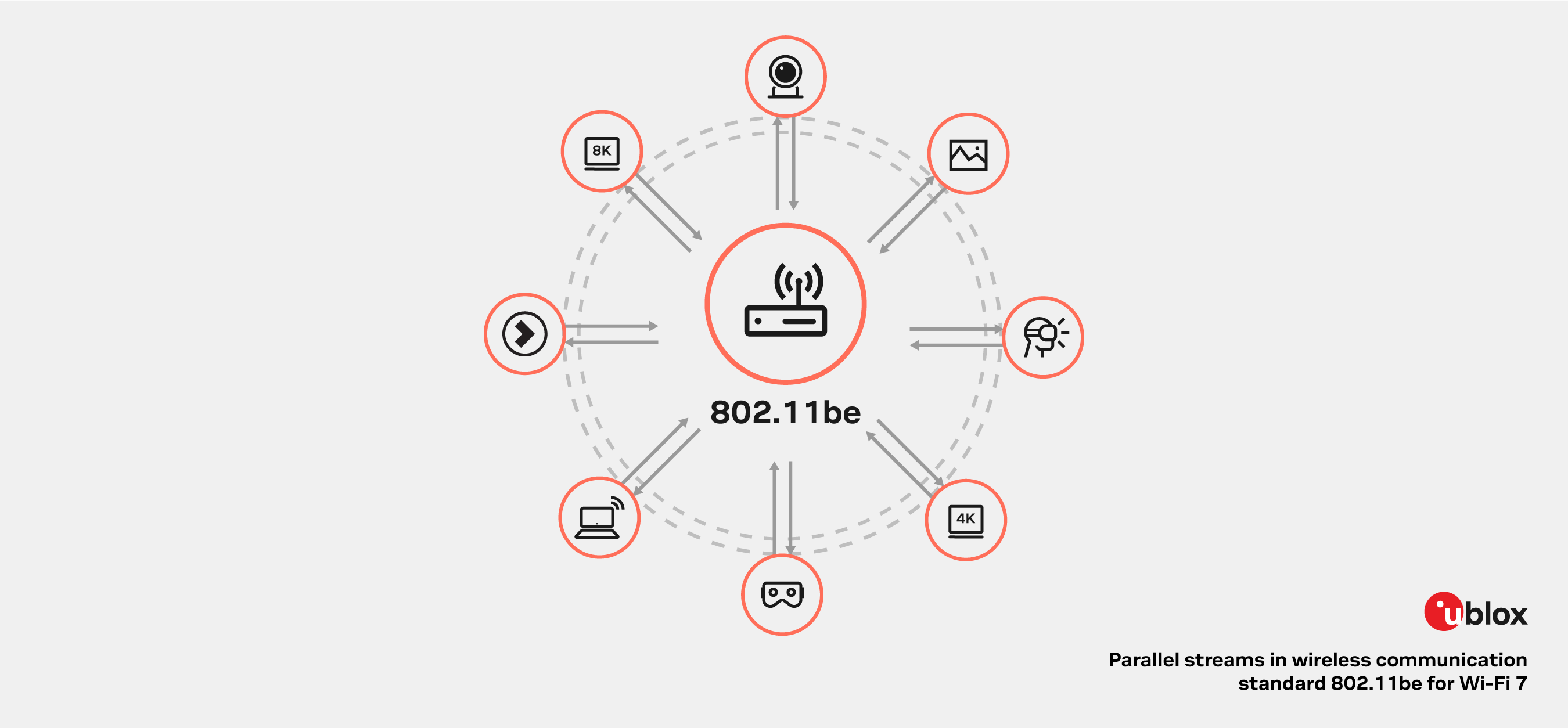
4096-QAM modulation
The Wi-Fi 7 modulation scheme is expected to go from 1024 to 4096 QAM. This will enable each symbol to carry 12 instead of 10 bits, increasing throughput.

Multi-RU
With Wi-Fi 7, it will be possible to assign Multiple Resource Units to a single user, which will increase the efficiency of channel spectrum usage.
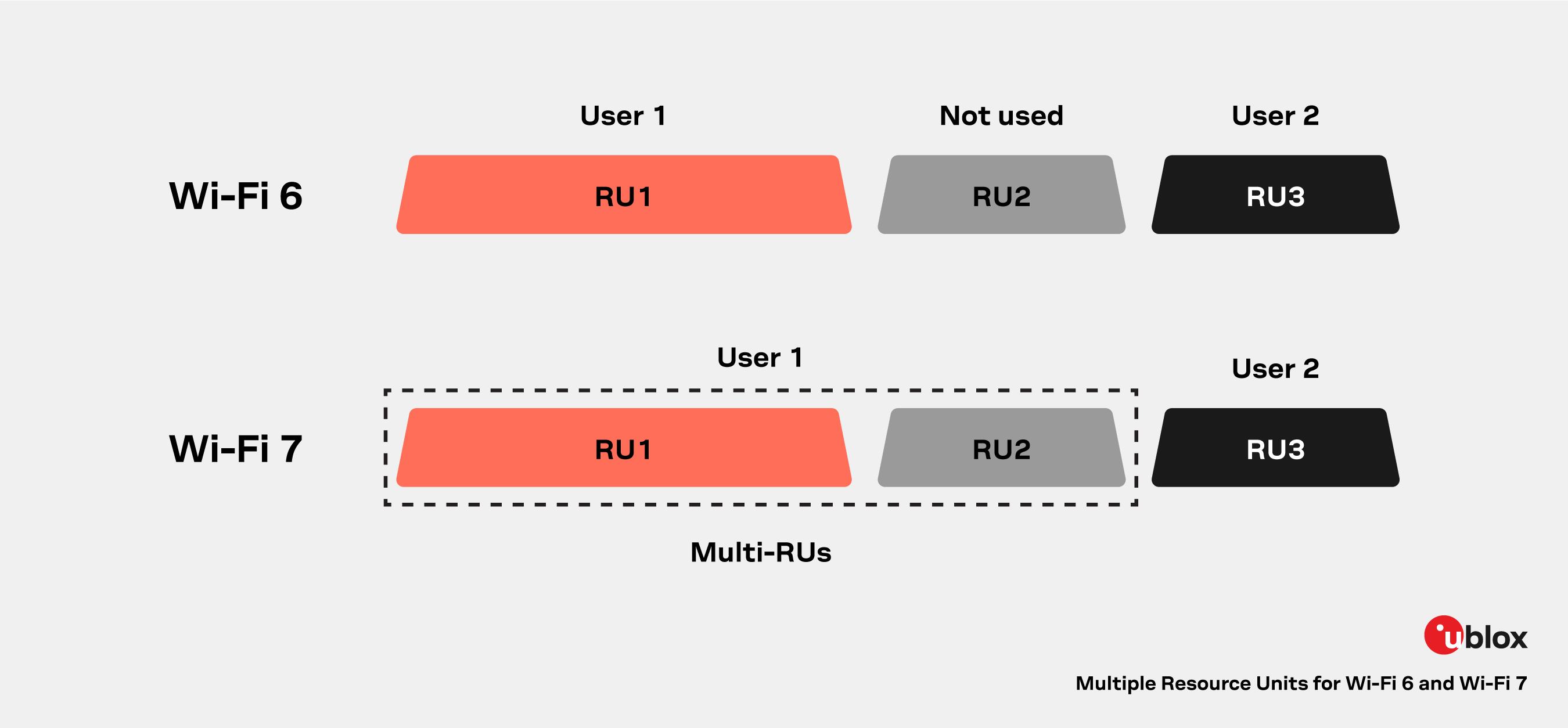
Preamble Puncturing
Further efficiencies in the use of channel spectrum will be achieved through Preamble Puncturing, which blocks interference. If some other technology is partly using a channel, the entire channel was blocked previously, even if the other user only used part of it. With Preamble Puncturing, if part of the channel is used, the rest of the channel can be used by Wi-Fi 7. This means smaller chunks of data can be combined. The purpose of puncturing is to enable more users and to increase total capacity by supporting each user with throughput.

Multi-Link Operation
Wi-Fi 7 innovation in Multi-Link Operation will enable devices to simultaneously send and receive data across the different frequency bands and channels to increase throughput and reduce latency or improve reliability. Multi-Link Operation allows aggregation of channels in the 2.4 GHz, 5 GHz and 6 GHz bands and the same device can simultaneously communicate on all frequencies that have been negotiated with the access point.
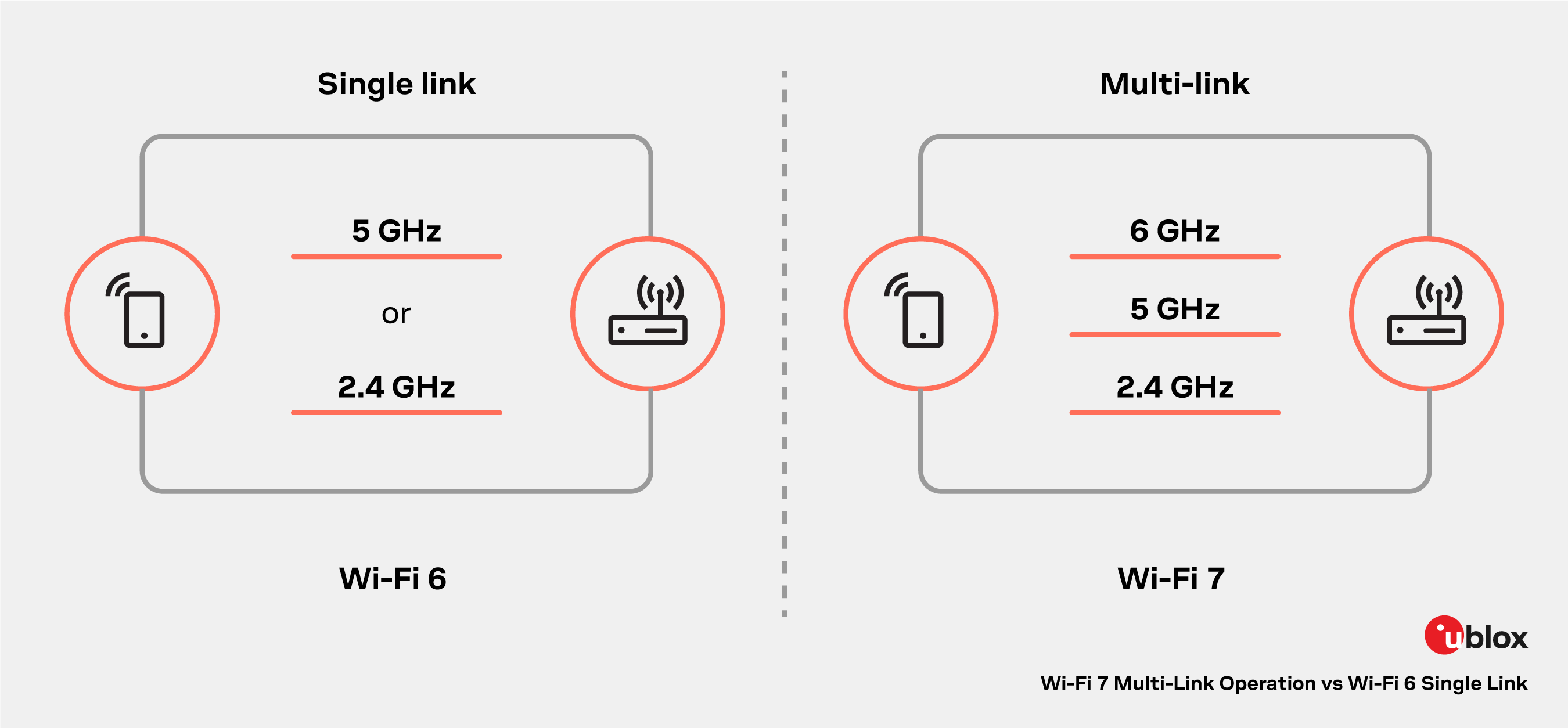
In addition to the well-known consumer use cases (such as smartphones, video streaming, or gaming,) the automotive and industrial segments present use cases that can really benefit from the latest upgrades in Wi-Fi technology.
|
Wi-Fi 6 is streamlining connectivity within and between automobiles to overcome signal congestion in vehicles. Read more |
 As the density of wireless sensors and other connected devices increase on factory floors, Wi-Fi 6 is solving potential frequency bottlenecks. Read more |
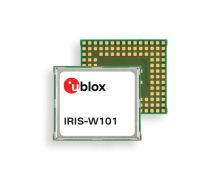
Stand-alone Wi-Fi 6 multiradio modules
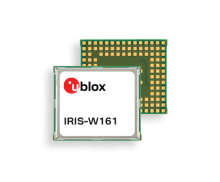
Stand-alone Wi-Fi 6 multiradio modules
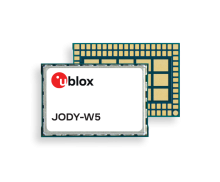
Host-based compact automotive modules

Host-based automotive modules with Wi-Fi 6E (802.11ax) and Bluetooth 5.3
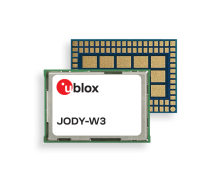
Host-based automotive modules with Wi-Fi 6 and Bluetooth 5.3
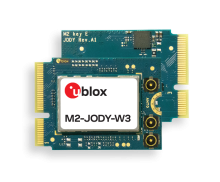
M.2 card with JODY-W3 Wi-Fi 6 and Bluetooth 5.3 module
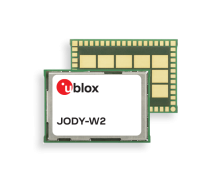
Host-based multiradio modules with Wi-Fi and Bluetooth
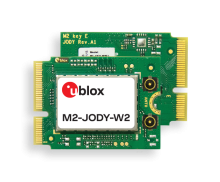
M.2 card with JODY-W2 Wi-Fi 5 and Bluetooth 5.2 module
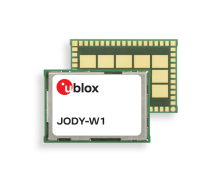
Host-based multiradio modules with Wi-Fi and Bluetooth

Stand-alone dual-band Wi-Fi modules with Bluetooth Low Energy
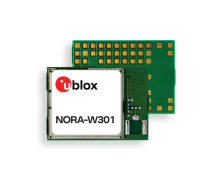
Stand-alone dual-band Wi-Fi modules with Bluetooth Low Energy
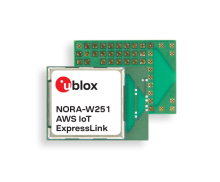
AWS IoT ExpressLink stand-alone multiradio modules
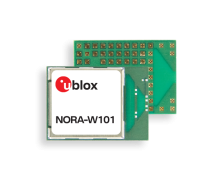
Stand-alone multiradio modules

Host-based Wi-Fi 6, Bluetooth 5.2, and 802.15.4 modules for the IoT
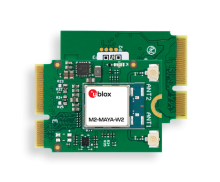
M.2 card with MAYA-W2 Wi-Fi 6, Bluetooth 5.2, 802.15.4 module
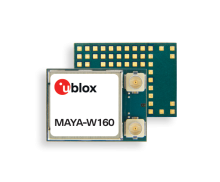
Host-based multiradio modules with Wi-Fi 4 and Bluetooth 5.2
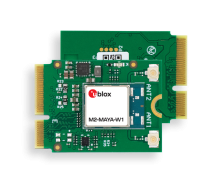
M.2 card with MAYA-W1 Wi-Fi 4 and Bluetooth 5.2 module
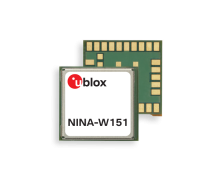
Stand-alone multiradio modules
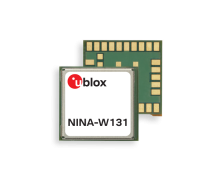
Stand-alone Wi-Fi modules
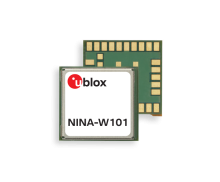
Stand-alone multiradio modules
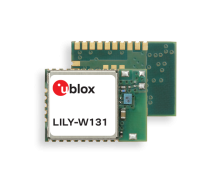
Ultra-compact host-based Wi-Fi modules